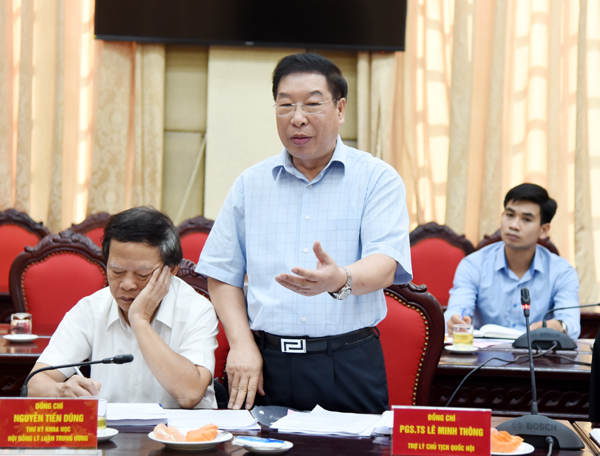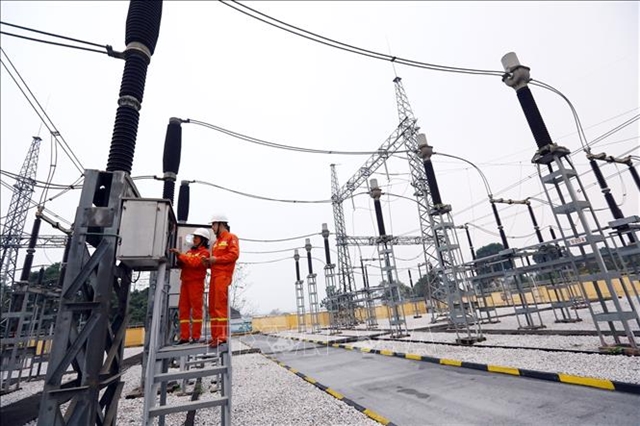 Opinion
Opinion


|
| Lê Minh Thông. — Photo thanhtra.com.vn |
Do you have any comments on the proposal to give more power to the Prime Minister and the Ministers in the future revised Law on Government Organisation and the Law on Local Governments?
Whether we want to give more or less power to the Prime Minister or the Ministers, we have to follow the Constitution, where their rights and obligations are clearly stated.
The Prime Minister’s rights are regulated in the Constitution. So we cannot say that some of the Government’s rights could be transferred to the PM. If we do so, we violate the Constitution.
The Law on Government Organisation has also stated clearly that ministries are part of the Government and they must play an advisory role to the Government in the process of making national policies.
In my opinion, it is time for the National Assembly to specify which are the rights and responsibilities of each ministry. For example, in the Planning Law, it specifies the Government’s role and each concerned ministry’s role, yet, in reality, the coordination between ministries is still poor. Sometimes, the Government wants to take action, and it needs support from concerned agencies. However, these agencies have been lukewarm towards the Government. In such cases, the Government will be put in an awkward position. This is the weakest point in the current law and it needs to be remedied immediately.
How do you respond to complaints saying that some ministries’ duties and functions are overlapping – a key reason leading to the shifting of their duties between these ministries?
The current structure of Government offices is ok. Yet, in the near future, we should consider the amalgamation of ministries with the same functions, and a ministry should be in charge of several disciplines. I’m confident that such amalgamations will help us solve the problem of overlapping functions or authorisation.
These are my suggestions for the restructuring of the upcoming term – the XVth of the Government.
Do you mean that certain ministries will be amalgamated?
The idea has already been touched upon in Resolution 18 of the 6th Party Central Committee on the renewal and re-arrangement of the political organisations to make work more efficient. In other words, similar functions from different ministries should be merged and be conducted by one ministry.
In a developed nation, they have between 13-17 ministries, while in Việt Nam we have 22 ministries and some of their functions overlap. For example, the issue of public debt management is under the management of 3 ministries – a big problem leading to delays in making decisions relating to bad debt settlement.
Of course, the reduction in the number of ministries will lead to some issues we have to solve. In my opinion, some of the tasks should be transferred to mass organisations or the enterprise community and others.
To do this we need to further complete our legal system to make it operate more efficiently and effectively.
In other words, the Government should only focus on constitutional building and macro management.
How do you respond to an idea that some ministries have objected to the amalgamation?
Amalgamation is for the interest of the nation, not for the interest of a ministry or sector.
Under the new Law on Government Organisation, we’ll have fewer ministries, yet with many Government offices which are assigned specific duties and missions.
In other words, under the new mechanism, a ministry will be streamlined, yet elite in performing its assigned functions, particularly in the task of policy development and planning activities. VNS
.
.









